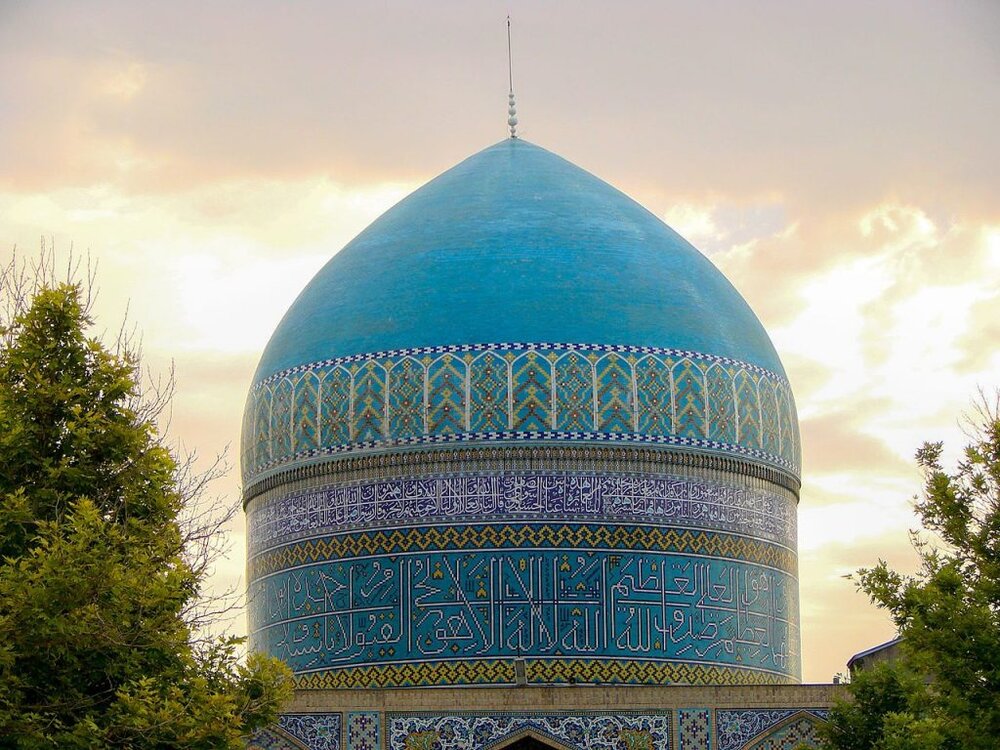A peek into Khajeh Rabi Shrine in northeast Iran

TEHRAN_ For ages, Iran has been a haven for those who seek calm and peace as well as those who are after science, art, and education.
When many countries in the region were struggling for their basic human rights and were involved in tribal battles, Persia (Iran) was home to ubiquitous schools and madrasas. It was a melting pot of arts, science, and culture, contributing immensely to the scientific flourishing of the Islamic Golden Age.
“Culturally, politically, and most remarkable of all even religiously, the Persian contribution to this new Islamic civilization is of immense importance,” according to Bernard Lewis (1916 – 2018), who was a British American historian specialized in Oriental studies.
“The work of Iranians can be seen in every field of cultural endeavor, including Arabic poetry, to which poets of Iranian origin composing their poems in Arabic made a very significant contribution.”
Rabi Ibn Khathim, known as Khajeh Rabi, was one of the many scholars who opted to move to Persia on the eve of the Islamic Golden Age, which traditionally dated from the 8th century to the 14th century.
One of the elites of Kufa in the 7th century, Khajeh Rabi, became well known for his endeavors in the way of promoting Islam. He had decided to leave his hometown to run away from the conflicts between the rulers of the time. Khorasan was his first choice.
The scholar emphasized the importance of silence, scrupulousness in religious observance, and the fear of Hell. When he died in Nughan, the center of Tus at the time, his simply-built tomb, located six kilometers north of Mashhad in Khorasan Razavi province, became a center for Shiite and Sunni pilgrims and even paying respects at the grave was said to have been Imam Reza’s ‘main consolation’ in coming to Mashhad.
Almost a thousand years later, a beautifully proportioned, blue-domed mausoleum was built upon the old tomb by order of the famed Safavid king, Shah Abbas I (1571-1629).
The use of turquoise tiles on its dome with a height of 18 meters, and Islamic patterns in golden and blue tones on the interior walls has given it an eye-catching beauty; however, much of the decorative tilework came later.
There are also two inscriptions written by Alireza Abbasi, one of the great calligraphers of the Safavid era, inside the dome, which give some information about the year of construction and the building’s decorations.
The structure is octagonal on the outside, while from the inside it is a four-iwan (porticos) building. An iwan is a vaulted space that opens on one side to a courtyard. The idea of iwan developed in pre-Islamic Iran where it was used in monumental and imperial architecture.
A large arcade surrounds the mausoleum, containing a cemetery paved with thousands of tombstones.
Nowadays, as the mausoleum is located inside a beautiful and spectacular garden, it has become a popular tourist attraction that could attract pilgrims as well as history buffs and nature lovers.
ABU/AFM
Leave a Comment